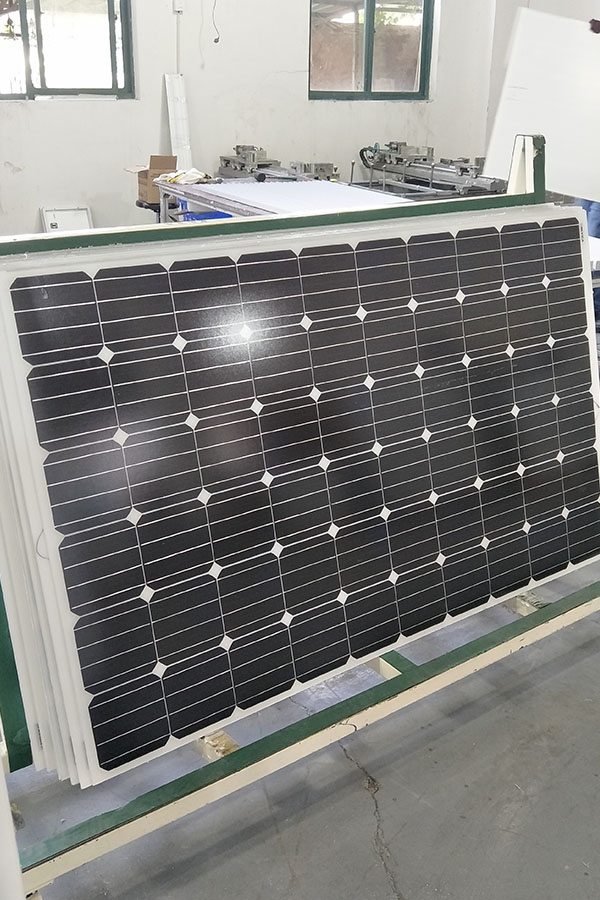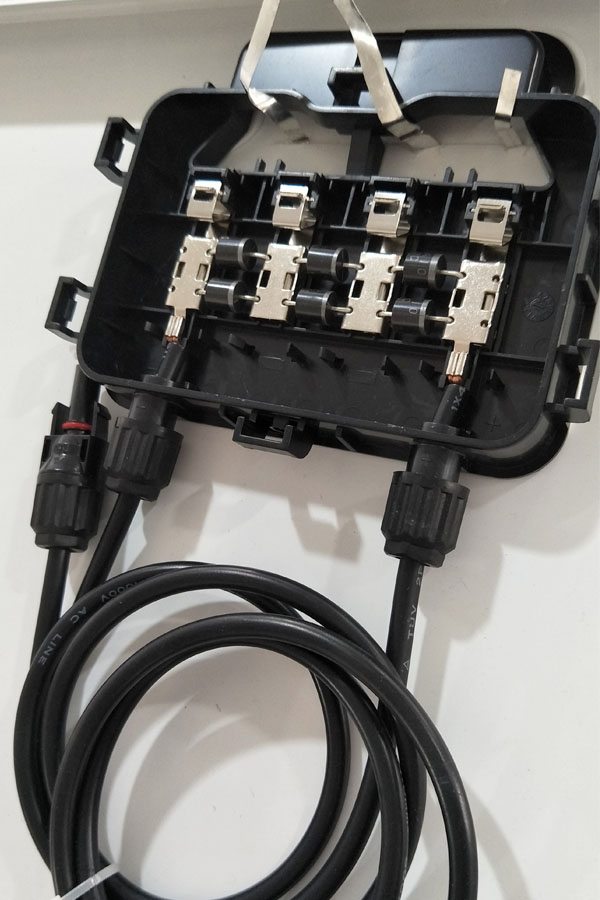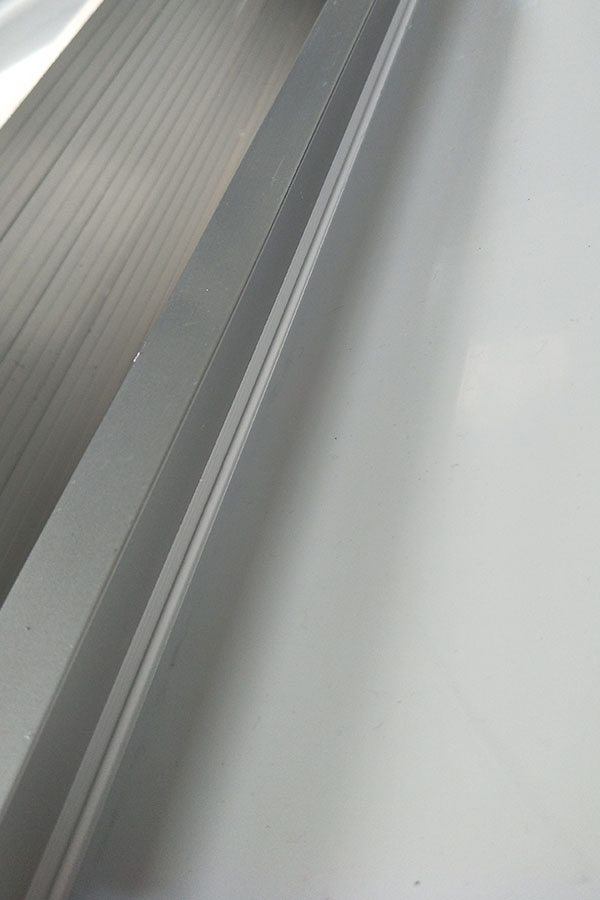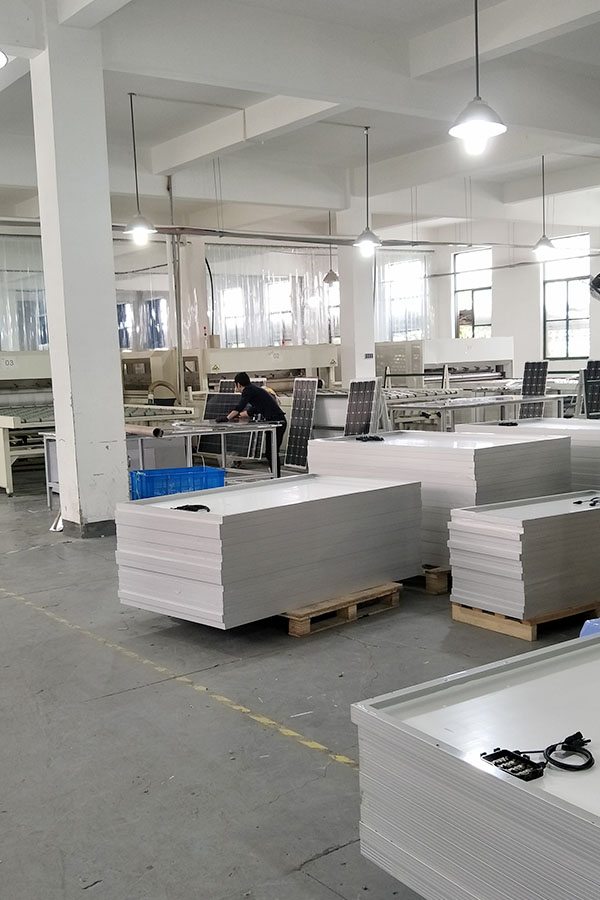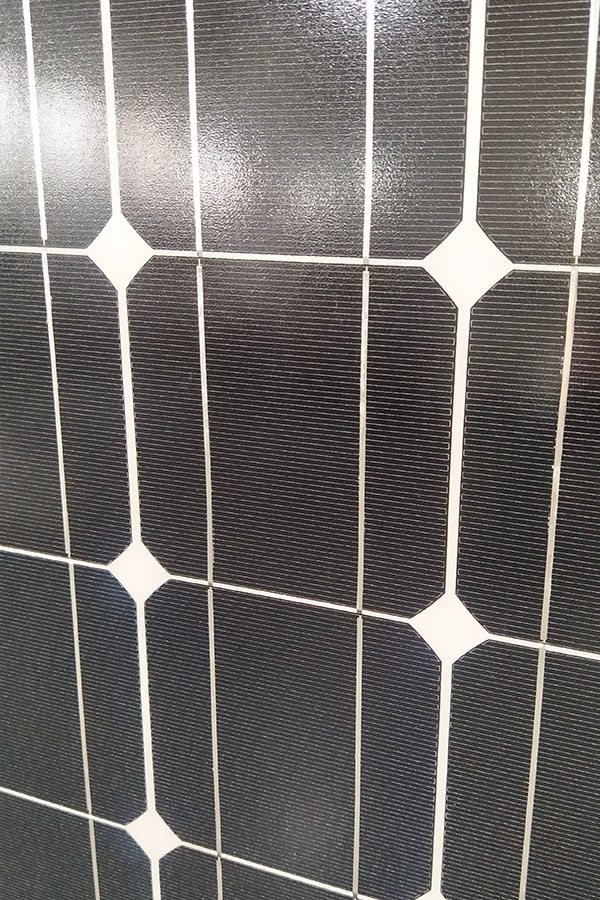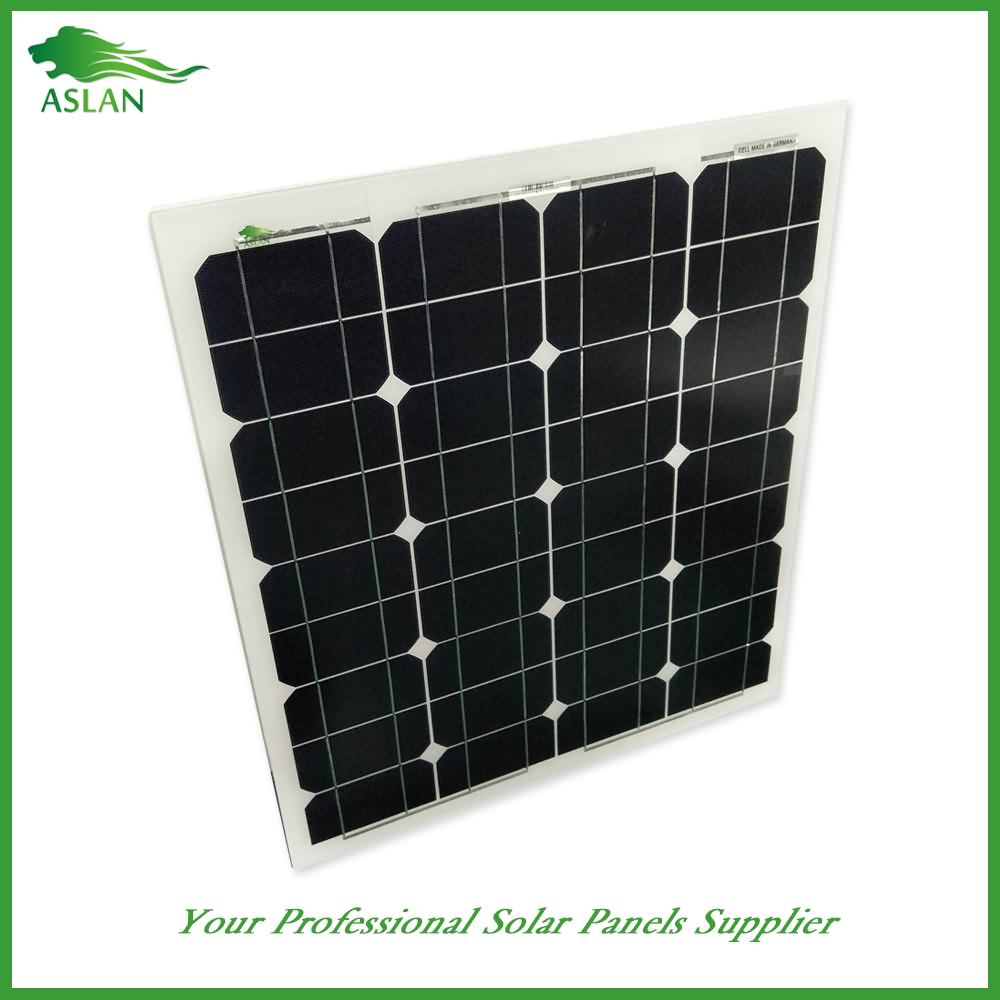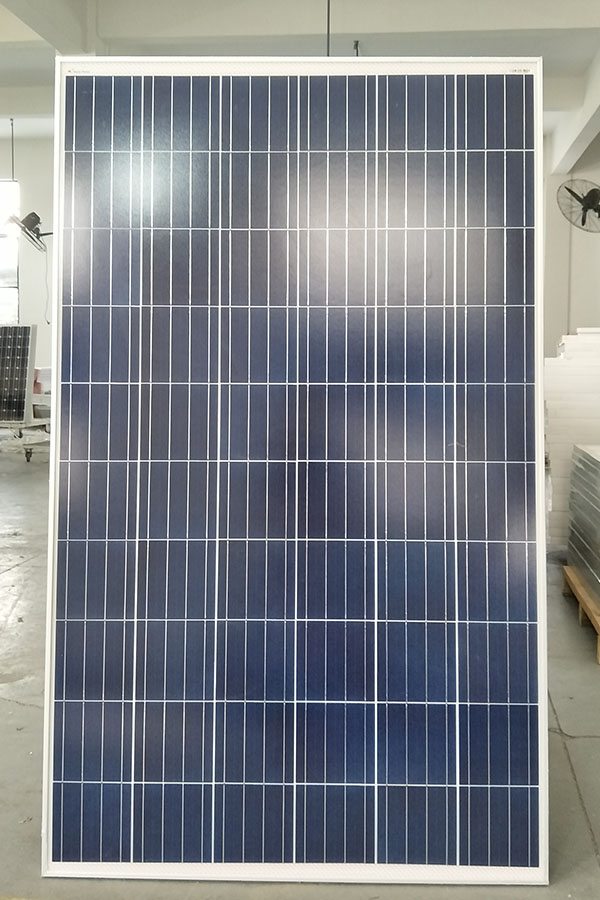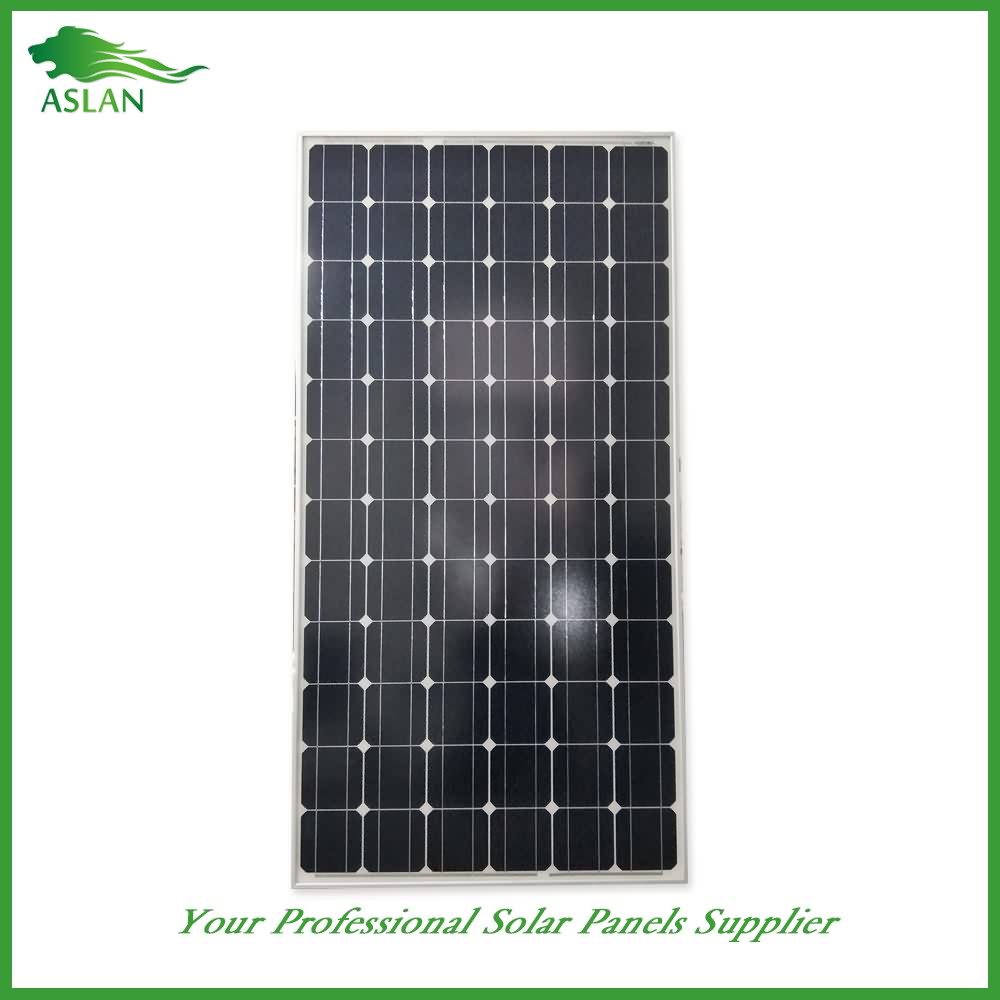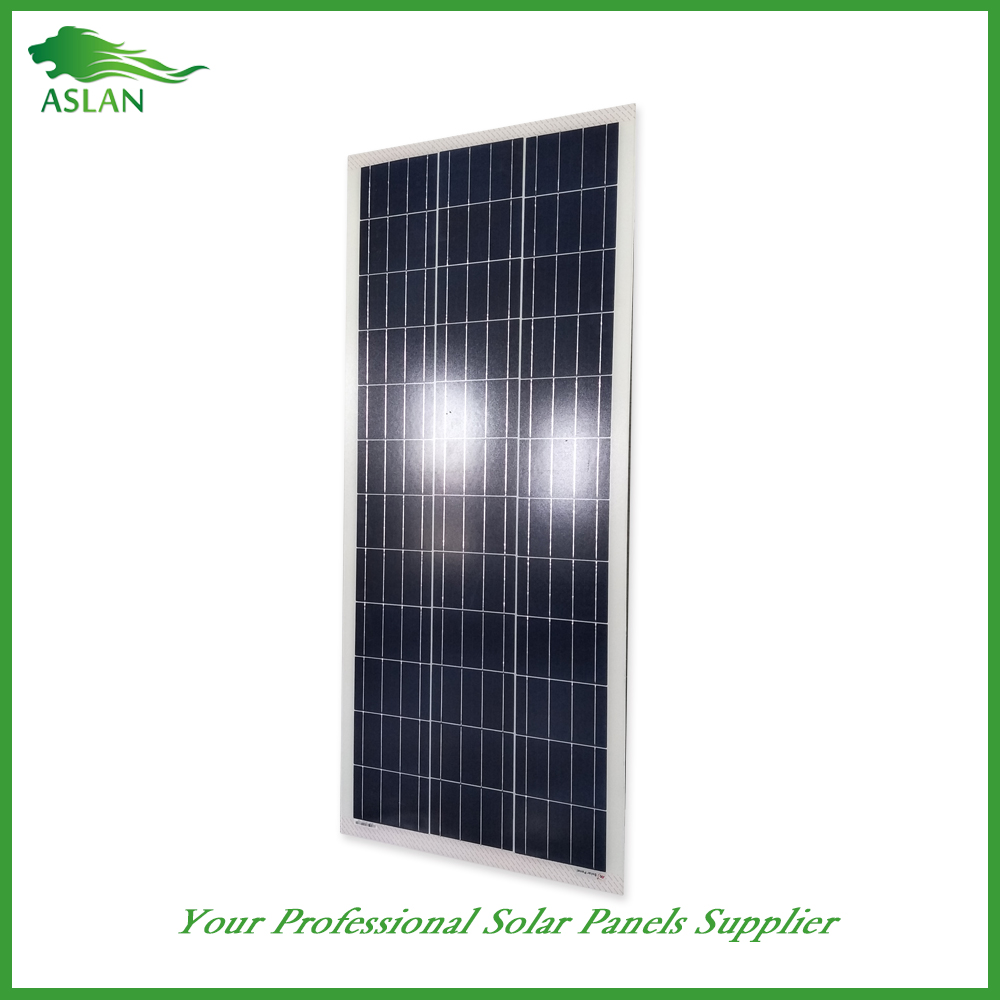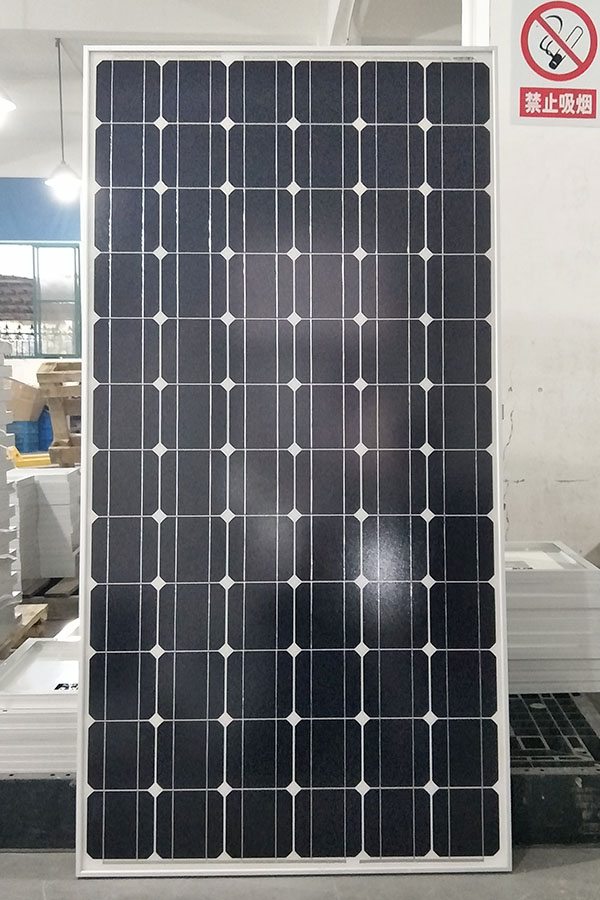Cheap PriceList for Mono-Crystalline 250W Solar Panel Wholesale to Surabaya
Short Description:
We insist on offering high quality production with good business concept, honest sales and the best and fast service. it will bring you not only the high quality product and huge profit, but the most significant is to occupy the endless market for Cheap PriceList for Mono-Crystalline 250W Solar Panel Wholesale to Surabaya, sincerely look forward to serving you in the near future. You are sincerely welcome to visit our company to talk business face to face with each other and establish long-term co-operation with us!
Mono-Crystalline 250W Solar Panel
Technical parameter
Maximum Power(W) 250W
Optimum Power Voltage(Vmp) 30.3V
Optimum Operating Current(Imp) 8.29A
Open Circuit Voltage(Voc) 36.76V
Short Circuit Current(Isc) 8.91A
Mechanical Characteristics
Cell Type Monocrystalline 156x156mm (6 inch)
No of Cell 60 (6x10pcs)
Dimensions 1640x990x40mm
Weight 18.0KGS
Front Glass 3.2mm,High Transmission, Low Iron,Tempered Glass
Junction box IP65 Rated
Output Cable TUV 1×4.0mm2/UL12AWG,Length:900mm
Temperature and Coefficients
Operating Temperature(°C): -40°C ~ + 85°C
Maximum System Voltage: 600V(UL)/1000V(IEC) DC
Maximum Rated Current Series: 15A
Temperature Coefficients of Pmax: -0.47%
Temperature Coefficients of Voc: -0.389%
Temperature Coefficients of Isc: 0.057%
Nominal Operationg Cell Temperature (NOCT): 47+/-2°C
Materials of solar panel
1).Solar Cell——Mono-crystalline solar cell 156*156mm
2).Front Glass——-3.2mm, high transmission, low iron, tempered glass
3).EVA——-excellent anti-aging EVA
4).TPT——-TPT hot seal made of flame resistance
5).Frame——anodized aluminum profile
6).Junction Box——-IP65 rated, high quality, with diode protection
Superiority: high quality anodized aluminum frame, high efficiency long life, easy installation, strong wind resistance, strong hail resistance.
Features
1. High cell efficiency with quality silicon materials for long term output stability
2. Strictly quality control ensure the stability and reliability, totally 23 QC procedures
3. High transmittance low iron tempered glass with enhanced stiffness and impact resistance
4. Both Polycrystalline and Mono-crystalline
5. Excellent performance in harsh weather
6. Outstanding electrical performance under high temperature and low irradiance
Quality assurance testing
Thermal cycling test
Thermal shock test
Thermal/Freezing and high humidity cycling test
Electrical isolation test
Hail impact test
Mechanical, wind and twist loading test
Salt mist test
Light and water-exposure test
Moist carbon dioxide/sulphur dioxide
Riego con Energia solar On Grid
Learn how to use dynamic models to test and validate the performance of photovoltaic systems with MATLAB and Simulink.
Get a Free Trial: https://goo.gl/C2Y9A5
Ready to Buy: https://goo.gl/vsIeA5
Learn more about MATLAB: http://goo.gl/YKadxi
Learn more about Simulink: http://goo.gl/XQGMsx
Learn more about Simscape Power Systems: http://goo.gl/4dUrbk
Photovoltaic solar power technology is being pushed to the forefront as a viable alternative source of renewable energy. Addressing the key design challenges involved in the development and implementation of these systems requires simulation tools capable of not only modeling and analyzing the behavior of diverse electronic components, but also the ability to combine them with the associated control algorithms and evaluate the full system performance.
In this webinar, MathWorks engineers demonstrate how to use dynamic models to test and validate the performance of photovoltaic systems that include the PV arrays, the power converters and inverter electronics, and a variety of loading conditions, including a connection to the utility grid. The examples show how simulation can be used to perform design trade-offs and to develop and test control algorithms, including maximum power point tracking (MPPT).
